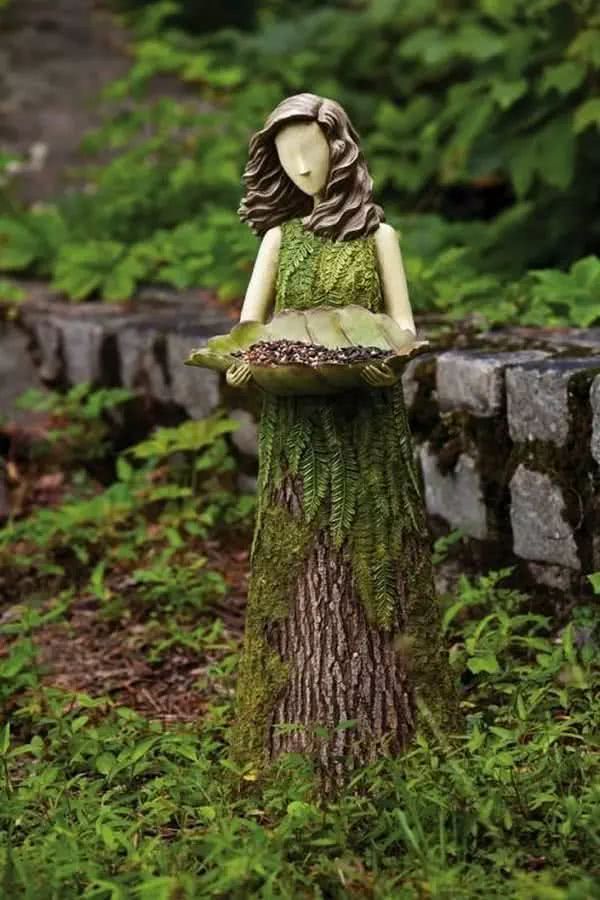This kind of plant is very common, its name is auspicious and popular, and its stems and leaves are poisonous. Be careful.

Dripping Guanyin, also known as wild taro, its rhizomes can be used as medicine, warm, spicy, poisonous. "Compendium of Materia Medica" said its "treatment malaria, toxic swelling, wind leprosy." It should be noted that the juice in the leaves of Guanyin is poisonous and cannot be eaten by mistake or entered into the eyes.
dripping Guanyin
Other names: Guanyin taro, taro.
Origin: Tropical Asia.
Habitability: like warm, not cold, good wet, suitable for semi-cloudy environment in the acid soil.
Flowers: July to August.
Features: vigorous growth, shield-shaped huge leaves full of tropical flavor.
Conservation tips
1. Planting
Potted calla can be used decayed leaf soil, peat soil, river sand
Add a small amount of decomposed cake fertilizer mixed with nutrient soil cultivation, after planting to irrigate water, placed in semi-shade culture. Usually loose basin soil once a month, keep basin soil in good condition. Change pots once a year in spring.
dripping Guanyin
2. Fertilization
Colocasia esculenta grows fast and prefers fertilizer. Apply thin liquid fertilizer 1~2 times a month. The fertilizer is mainly nitrogen fertilizer. Add some phosphorus, potassium and ferrous sulfate appropriately. After the end of autumn, the fertilizer should be stopped when the temperature is lower than 15℃.
3. Watering
During the growing season, we should pay attention to ensuring the supply of water and keep the pot soil moist. In addition to watering, spray water regularly on the ground around the plant to keep the relative humidity of the air at least 60%. After the end of autumn, to control watering, do not water, pot soil too wet, easy to rot roots.
dripping Guanyin
4. Temperature/Light
The optimum temperature for the growth of calla is 25℃~28℃, and the room temperature in winter can be kept above 8℃ for safe overwintering. In order to keep the leaves green, it is best to place them in the balcony shade in spring and autumn, avoid direct sunlight in summer, and place them on the windowsill with good indoor ventilation and facing north in winter, so as to receive good light.
dripping Guanyin
5, reproduction
The most common method of propagation of calla is the rationing method. After the spring, the plants with sprouts at the base of the stems are cut off, and it is best to apply plant ash on the incision for disinfection before planting. Then shade and spray moisturizing, generally 1 month after the root growth. After the seedlings survive, after a period of maintenance, they can be transplanted to the basin.
6. What should I do if the potato tuber rots?
6.1 Thoroughly remove the rotten parts, dry them, insert them into clean fine sand, and drench them with water once in two days.
6.2 Keep the substrate at 60% humidity and avoid excessive watering.
6.3 If planted directly into the culture soil, disinfect the culture soil with a 500-fold dilution of metalaxyl.
6.4 During the growth period, sufficient water should be supplied to prevent sunburn. If you want to make the leaves big and thick, it is best to put it in a bright position by the window, and don't forget to spray the leaves regularly.
dripping Guanyin
Dripping Guanyin is very common in our lives. Because of its auspicious name and good luck, it is very suitable for indoor beautification. It is loved by everyone.
- Prev

How can a tree stump decorate a garden like this? In an amazing way...
The brain starts to listen to the sound of the night with you! Many people like to build a garden at home, because the garden can give people a good chance to get in touch with nature. Garden decoration is a complicated matter. When garden decoration is in place, it can be given to people.
- Next

Offend the makeup artist: not even big stars are uglier than no makeup and are disliked by the audience.
As we all know, makeup artists have a pair of magician's hands, and they can skillfully use all kinds of tools and cosmetics to make an originally plain girl look as beautiful as a big star on the screen. And some stars are performing and.
Related
- Wuhan Hospital Iron Tree Blooming Result Was Instantly Frightened by the Gardener Master
- Which variety of camellia is the most fragrant and best? Which one do you like best?
- What is the small blue coat, the breeding methods and matters needing attention of the succulent plant
- Dormancy time and maintenance management of succulent plants during dormancy
- Minas succulent how to raise, Minas succulent plant pictures
- What are the varieties of winter succulent plants
- How to raise succulent plants in twelve rolls? let's take a look at some experience of breeding twelve rolls.
- Attention should be paid to water control for succulent plants during dormant period (winter and summer)
- Watering experience of twelve rolls of succulent plants
- Techniques for fertilizing succulent plants. An article will let you know how to fertilize succulent plants.

